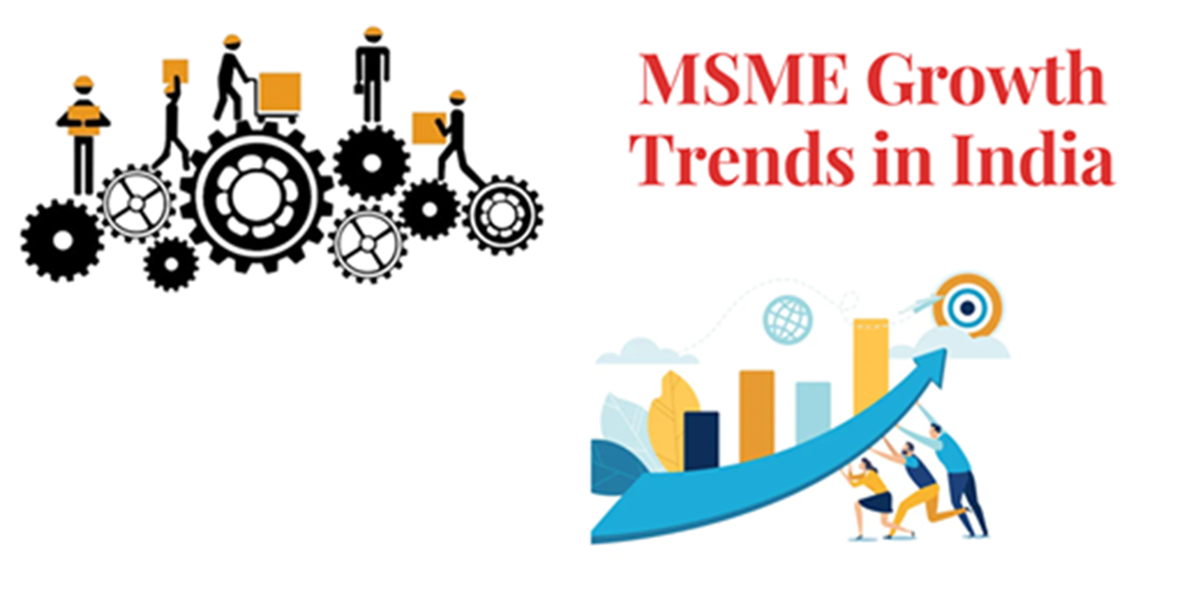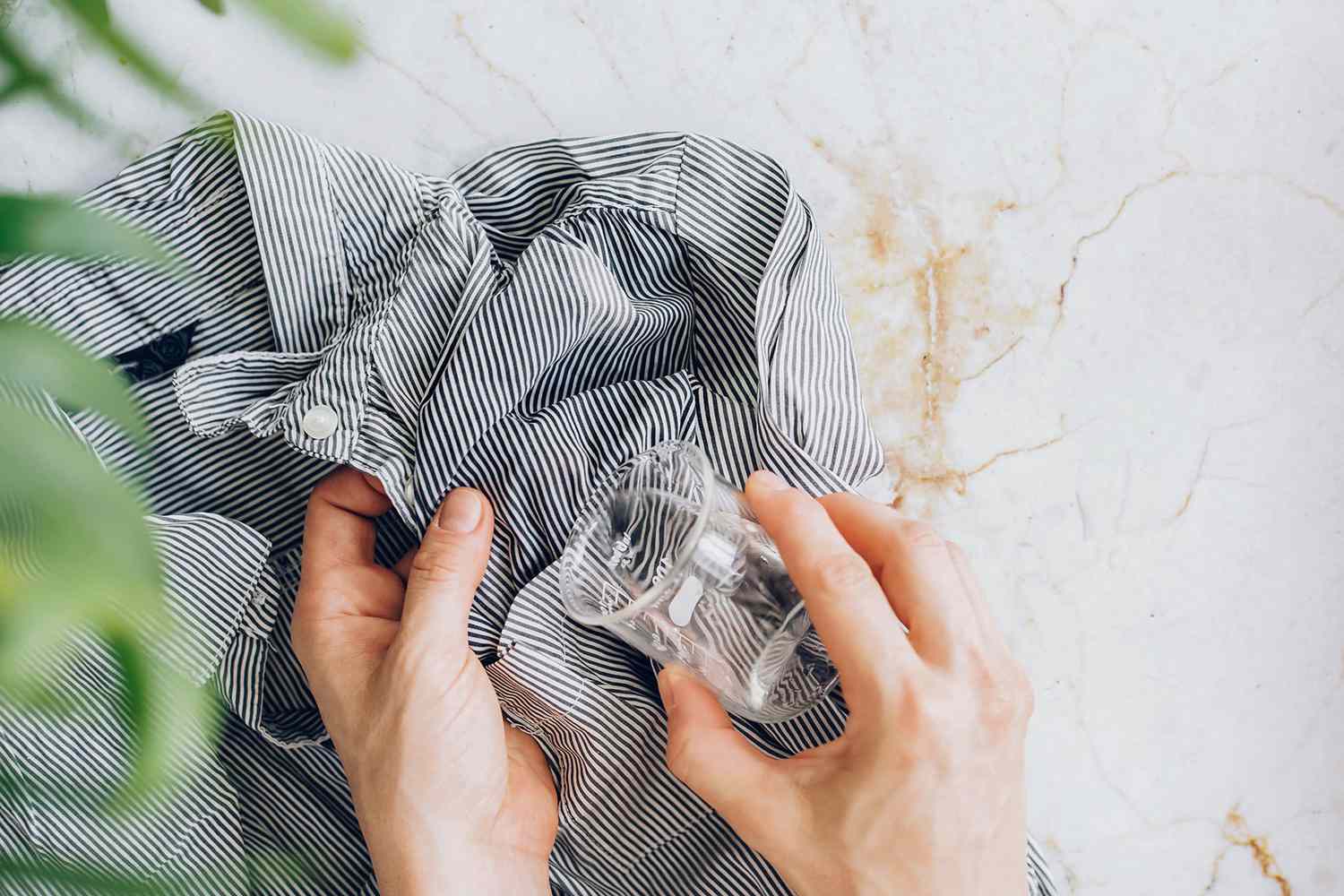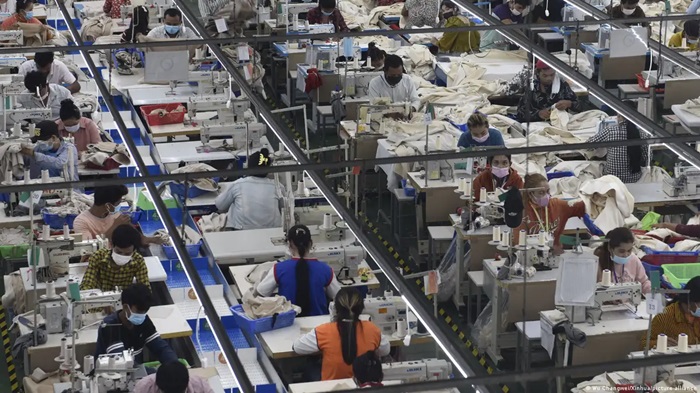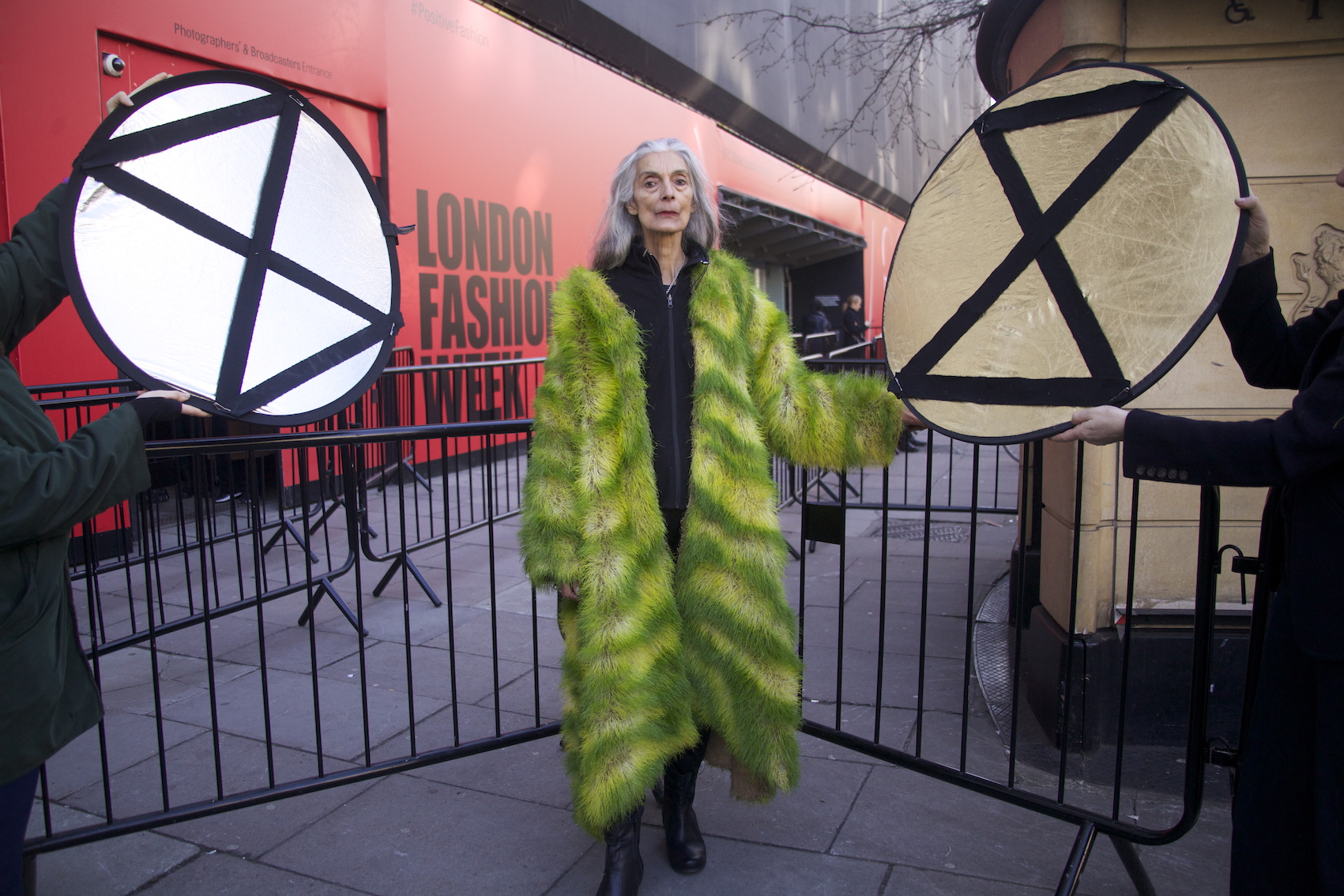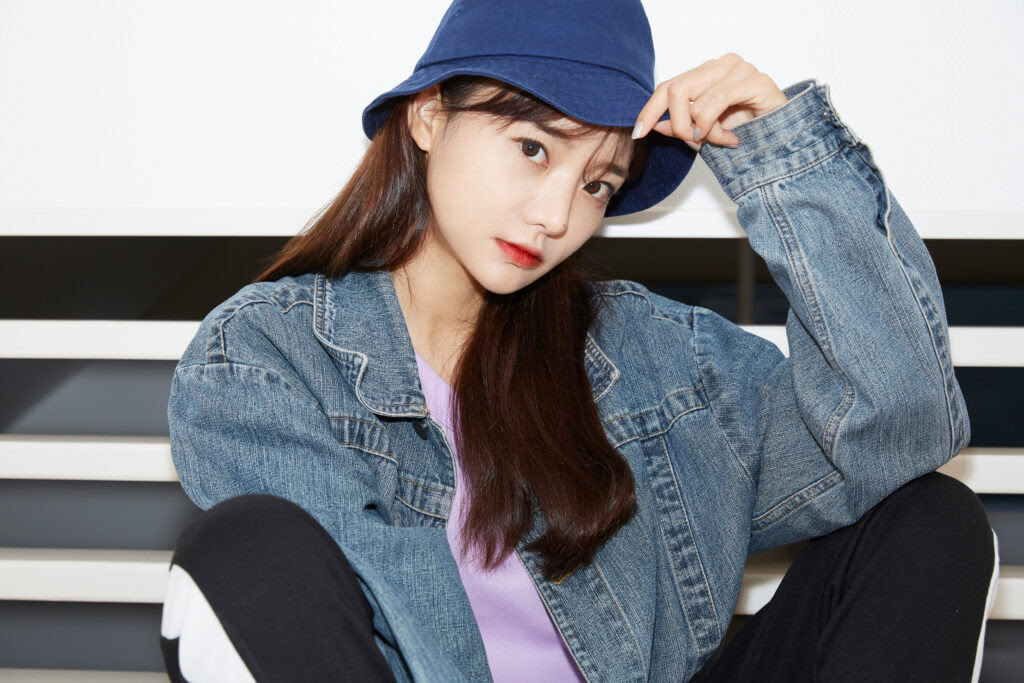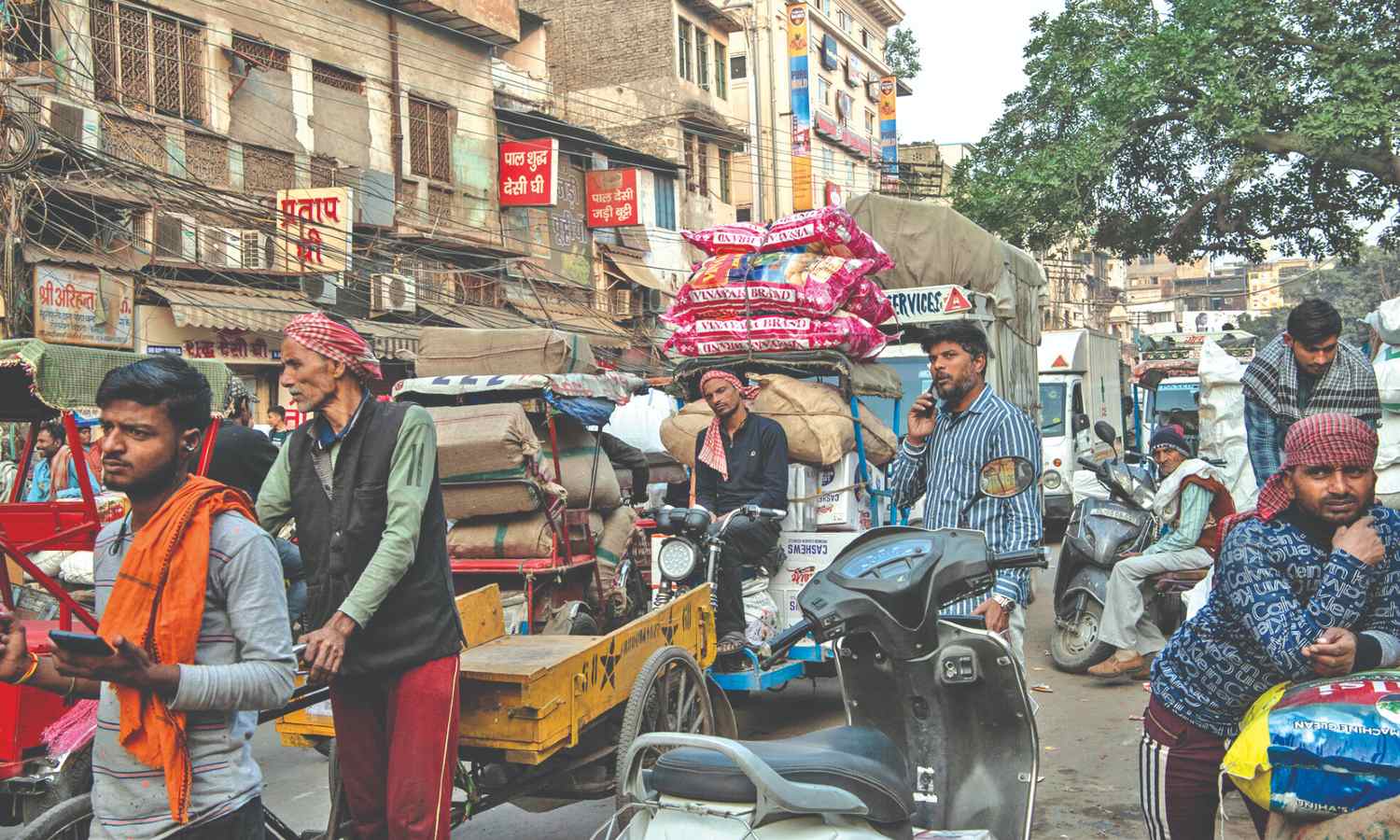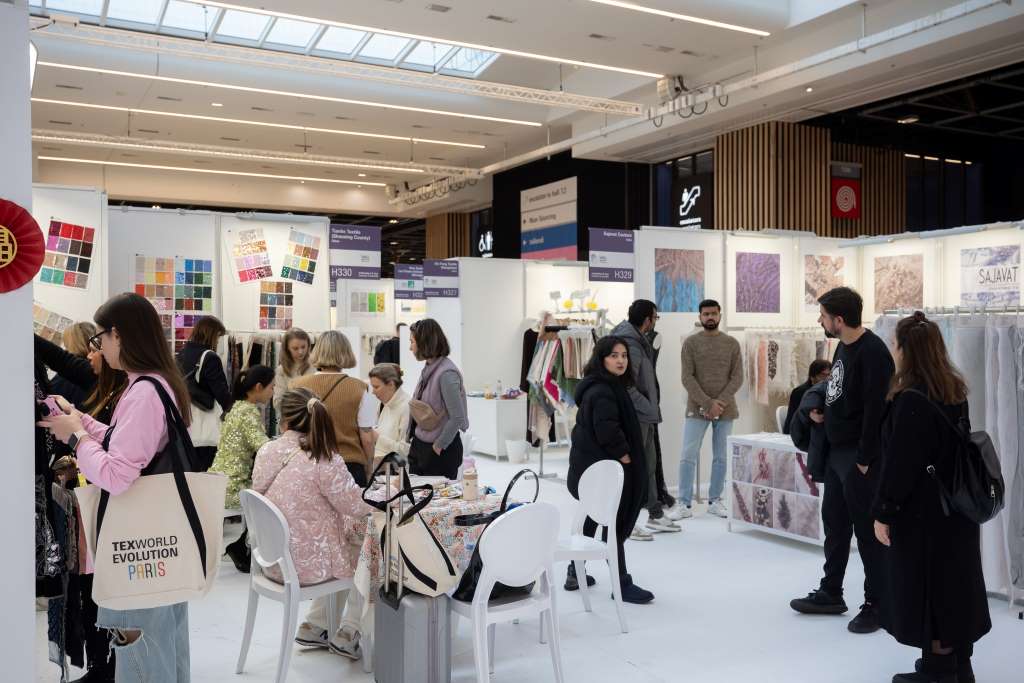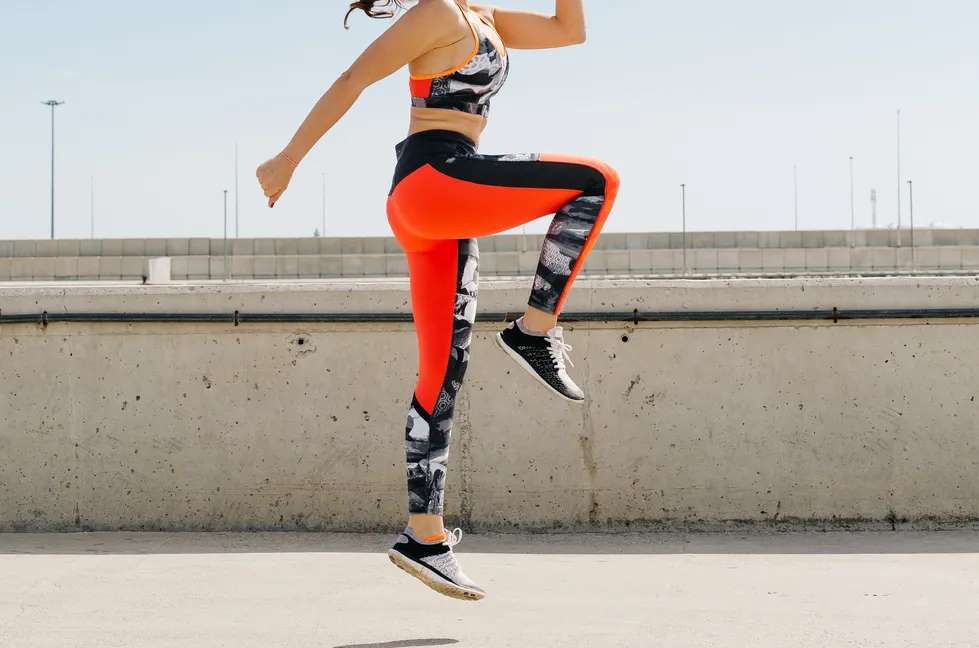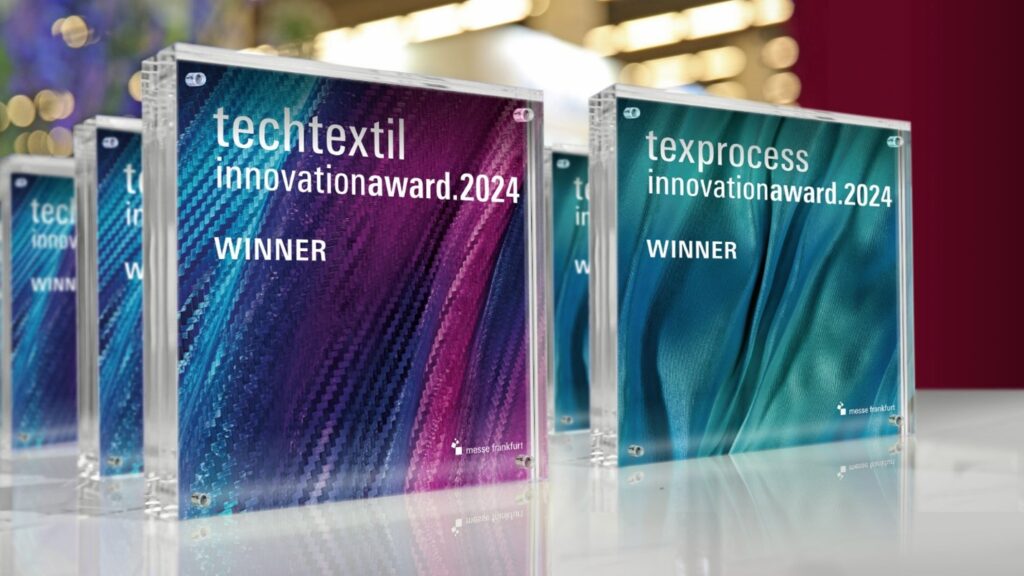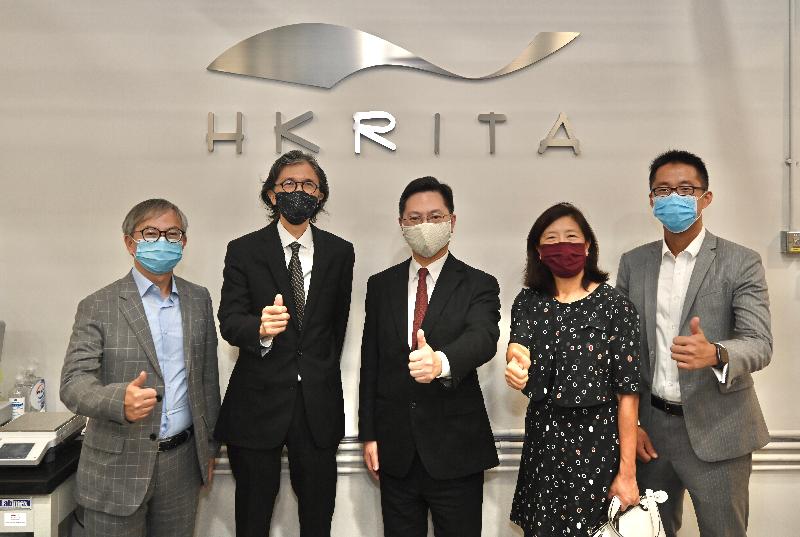FW
Ethiopia is beckoning garment exporters from India.
A combination of factors seems to be attracting exporters to Ethiopia. The country provides all the infrastructure with plug and play facilities, subsidised electricity and infrastructure. The labor is cheap and significantly Ethiopia enjoys duty-free export access to both Europe and the US, two major markets for garments. From Ethiopia exporters can ship garments without duty to these two major markets.
Indian garment exporters have suffered heavily due to competition from Bangladesh and Sri Lanka, which enjoy duty-free access to Europe.
Ethiopia is specially attractive to garment exporters from Tirupur, the knitwear hub of India, as they struggle to cope with GST and withdrawal of export incentives.
SCM Garments, based in Tirupur, has opened a garment unit in Ethiopia with 500 machines and 750 workers.
Tirupur, which accounts for 46 per cent of the total knitwear garment exports from the country, saw its exports decline by eight per cent 2017-18. The first quarter of this year saw a negative growth of 14 per cent. The hope is for a better second quarter.
Some of the big textile and garment manufacturers that have gone to the African country in recent times include Raymond and Arvind.
Tukatech is known throughout the apparel industry for its personal customer service and transparent value models. Its machines for lingerie, denim and universal fabric cutting are available in custom widths and heights. These machines are designed to give the ultimate performance at the lowest running cost. Though cutting productivity is at least 20 per cent higher than other models on the market, the energy cost is 50 per cent to 70 per cent lower, which is a great benefit for users in countries where energy cost is a major consideration.
Other features include the highest productivity per hour cutting denim with zero buffer, as well as a cut path optimizer that results in 2.2 per cent to 3.6 per cent fabric savings compared to other cutting machines and helps to increase productivity. The eco-power vacuum system guarantees considerable power savings at only 5.5kw, the lowest in comparable industry cutting machines.
The new fabric cutting machines were first installed in Pakistan at Combined Fabrics, the largest supplier of knit garments to Levi’s. Before installation, the cutting room had 90 people cutting 50,000 units in a day. On the first day of installation, 14 people were able to cut the same number of units and within weeks the same configuration increased productivity to between 65,000 and 75,000 units a day.
Nylon fabric makers in the man-made fibre (MMF) sector in Surat are opposed to the recommendation by the commerce ministry’s investigation arm, Directorate General of Trade Remedies (DGAD), for imposing anti-dumping duty up to $719 per ton on import of nylon filament yarn from European Union and Vietnam. Manufacturers feel increase in anti-dumping duty will allow indigenous yarn manufacturers to monopolise prices, thereby creating problems for nylon fabric makers in Surat and other parts of the country.
Surat’s textile industry, which contributes 40 per cent of the man-made fibre demand, has more than 6.5 lakh powerloom machines weaving about 3 crore meters of cloth per day with the annual consumption of 6 lakh metric tonnes of different types of yarns and fibres. Yarns and fibres, including nylon filament yarn (NFY), polyester filament yarn (PFY), polyester yarn (POY), viscose filament yarn (VFY) etc. manufactured in Vietnam and EU are 20 per cent cheaper than the ones made by domestic players.
Following imposition of anti-dumping duty, domestic manufacturers of yarns and fibres will get a free hand to increase prices, especially when demand increases from local market.
Europe’s foreign trade association Amfori has said India and the European Union should focus on resolving differences over three crucial issues if they want to break the deadlock on long stalled free trade pact. The talks should initially focus on India’s demand for a liberal visa regime for its nurses, a relaxed geographical indications regime and duty cuts on its textile exports.
EU’s insistence on India committing to sustainability norms is one of the sticking points as Delhi is against the inclusion of non-trade issues such as environment and labour in its trade pacts. The EU now asks for trade and sustainability chapters in all its trade pacts and that is among the five areas of contention between the two sides.
India exported merchandise worth $53.5 billion to the EU in 2017-18 while it imported $47.8 billion worth of goods from the trade bloc. Besides Brexit, the other cause of slow movement on the Bilateral Trade and Investment Agreement (BTIA) is the EU’s involvement in free trade agreements with other countries, including some in Asia such as the Philippines. The EU’s apprehension to sign a BTIA separate from the Bilateral Investment Treaty (BIT) with India has further added to the delay.
Clariant’s sales for the first quarter were Rs 264 crores as against Rs 258 crores for the corresponding quarter of the previous year. Ebitda for the quarter was Rs 24.81 crores as compared to Rs 7.20 crores in the corresponding quarter of the previous year. Clariant Chemicals is India’s leading specialty chemicals producer. Clariant has invested in a state-of-the-art regional innovation center in Mumbai, with an aim to co-create tailor-made solutions with customers for the industry.
Profit before tax grew to Rs 15.30 crores for the quarter ended June 2018 as compared to loss before tax of Rs 2.30 crores for the quarter ended June 2017. Effective cost management and resource optimization, with a better product portfolio, enabled the company to improve profitability.
Clariant, based in Switzerland, employs 18,135 people. The company reports in four business areas: care chemicals, catalysis, natural resources, and plastics and coatings. Clariant’s corporate strategy is based on five pillars: focus on innovation through R&D, add value with sustainability, reposition portfolio, intensify growth, and increase profitability. It is with several external sustainability initiatives such as the Global Product Strategy and the United Nations Global Compact. Clariant is one of the top European chemical companies being part of the Dow Jones Sustainability Indices.
Messe Frankfurt is merging its two sustainability-focused fashion fairs, Ethical Fashion Show Berlin and Greenshow, under the new name of Neonyt. The shows, alongwith the FashionSustain conference, the #Fashiontech event organised by Premium Group and other Berlin Fashion Week events and showcases, will form a new global hub for future-oriented fashion and sustainable innovations. The name Neonyt comes from the ancient Greek word ‘neo’, meaning ‘revolutionary’ and the Swedish word ‘nytt’, meaning ‘new’, and refers to the technological and sustainable forces driving the fashion and textile industry today.
The hub will focus on the themes of business, inspiration, knowledge and community. Additionally, it will focus on curating its shows based on social and environmental factors. The ‘style worlds’ of Moderncasual, Craft, Urbanvibe and Greenshowroom will be continued and complemented with further product areas such as Beauty.
Messe Frankfurt has been involved with the Ethical Fashion Show brand since 2010, when its Paris-based business acquired the trade show following its launch in 2004. In 2012, the company founded the Ethical Fashion Show in Berlin, and bought the Greenshowroom in 2011.
"UK Sportswear Market 2017-2022 report predicts 8.7 per cent growth this year, on top of estimated UK sportswear sales of £2.5bn in 2017. And the sector is changing swiftly to cater to ever-evolving consumer demands as the market matures. Global Data’s report reveals as a sector focussed on lifestyle, the latest developments in the market chime with growing wellness trend and the increasingly mindful consumer decisions of younger shoppers. As with fashion in general, activewear shoppers and brands are turning their attention to sustainable design in a new way."
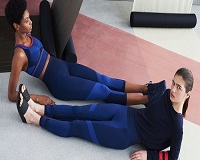 UK Sportswear Market 2017-2022 report predicts 8.7 per cent growth this year, on top of estimated UK sportswear sales of £2.5bn in 2017. And the sector is changing swiftly to cater to ever-evolving consumer demands as the market matures. Global Data’s report reveals as a sector focussed on lifestyle, the latest developments in the market chime with growing wellness trend and the increasingly mindful consumer decisions of younger shoppers. As with fashion in general, activewear shoppers and brands are turning their attention to sustainable design in a new way.
UK Sportswear Market 2017-2022 report predicts 8.7 per cent growth this year, on top of estimated UK sportswear sales of £2.5bn in 2017. And the sector is changing swiftly to cater to ever-evolving consumer demands as the market matures. Global Data’s report reveals as a sector focussed on lifestyle, the latest developments in the market chime with growing wellness trend and the increasingly mindful consumer decisions of younger shoppers. As with fashion in general, activewear shoppers and brands are turning their attention to sustainable design in a new way.
Nick Paulson-Ellis, Founder, The Sports Edit, points out it’s sustainability in an innovative way with no compromise for consumer. There used to be an eco-friendly, sustainability angle within yoga wear that compromised performance. Now, it is about having no compromise on fashion, performance or function – and still being sustainable. Ellis says, recycled, sustainable materials both in clothing and activewear accessories (such as yoga mats or water bottles) as a focus, noting in particular legging brand Teeki’s recycled plastic leggings and Adidas’ Parley for the Oceans range, which uses recycled ocean plastics across clothing and footwear designs.
For brands and retailers looking to set themselves apart in the increasingly competitive sector, sustainable and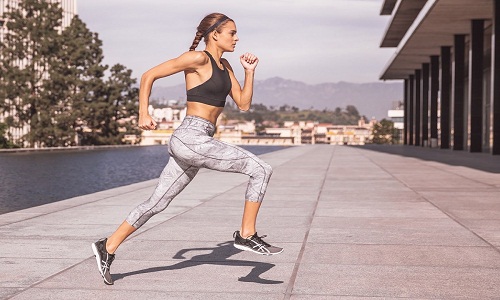 ethical credentials can provide a much-needed point of differentiation. For Olivia Mcguire, head of design, London-based Jilla Active, sustainability is really important to customers. There’s so much competition in the sector, and it’s difficult to stand out. For Jilla Active, there is a big focus on sustainable fabrics and ethical practices. The consumer definitely wants to know more about what they are wearing.
ethical credentials can provide a much-needed point of differentiation. For Olivia Mcguire, head of design, London-based Jilla Active, sustainability is really important to customers. There’s so much competition in the sector, and it’s difficult to stand out. For Jilla Active, there is a big focus on sustainable fabrics and ethical practices. The consumer definitely wants to know more about what they are wearing.
Seamless activewear
The rise of seam-free activewear has been a recent shift as it evolves to a more multifunctional approach. Seamless is super comfortable as the fabric is really soft. The stretch factor is important too. Seconded Camille Roegiers de Silva, co-founder, Fashercise that there have always been certain brands that specialise in seamless, but now many other brands are introducing it into the mix. It is super-flattering, it offers compression. It’s a very cool look and is probably one of the biggest trends.
Streetwear is increasingly seeping into mainstream fashion with the merging of fashion and function, as bold logos and colours appear across collections. For activewear brand Ivy Park, streetwear meets sportswear with a performance element. Product that looks great out and about, but still functions really well. Ivy Park is really keen to push the performance elements of the range. It is not just about the casual collection any more.
Plus-size push
Many retailers have been lately witnessing a surge towards plus size and that’s precisely the reason they are expanding their size range, moving beyond XS to L. Roegiers de Silva says, in the past brands that offered plus-size were not necessarily the most fashionable. Fashercise launched a dedicated ‘Curve’ section on its website in January, offering brands such as Day Won, Rainbeau and Ivy Park in a wide range of sizes.
Emily Gordon-Smith, Head of fashion, Stylus says this change is ‘long overdue’. Inclusive sizing is going to be bigger and bigger in times to come. A couple of standout players who are doing extended sizing in active really well are Nike and Asos. For autumn 18, Asos expects to see inclusive skiwear, maternity yoga pieces, as well as a full range of low-, medium- and high-impact (exercise) bras that cover Asos Curve and fuller bust. With the growing expanse, smaller labels are fast emerging in this segment to cater to niche demands and big-name brands shift to reflect and accommodate evolving consumers’ lifestyles, both in terms of practicality and ideals. Increasing sustainability and diversity are the highlights of the collection and athleisure is leading the way as brands aim to keep their competitive edge for demanding consumers.
Vietnam plans to build product chains to increase the value of the goods and cut out middle men to improve competitiveness. The country has witnessed strong exports in both scale and production. The total export turnover of the country reached $214 billion in 2017, a 21.2 per cent year-on-year increase. Exports this year are also expected to increase as the government has implemented commitments for international integration, reducing import-export taxes.
Government efforts have provided a favorable business environment and aided export activities. Total import-export turnover in the first seven months of this year rose by 12.7 per cent from the same period last year to reach $264.3 billion. Of which, export turnover was $133.6 billion.
Exports continued to maintain high growth of 15.3 per cent in the period, meeting 56.5 per cent of the year’s targets. In addition, the country’s exports depended on foreign directed investment (FDI) enterprises, which accounted for 70 per cent of total turnover.
However, the sector has mainly performed cutting and sewing in the global garment and textile supply chain. Vietnamese garment and textile firms have participated in simple outsourcing and lack the ability to provide packaging, resulting in low added value. The garment and textile industry has also relied on imported materials. The local companies had to import up to 86 per cent of cloth for production and exports.
Vietnam’s export turnover has increased 21.2 per cent year-on-year. Commitments for international integration have been implemented, helping reduce import-export taxes. Favorable business environment had aided export activities. Total import-export turnover in the first seven months of this year rose 12.7 per cent from the same period last year. Exports continued to maintain a high growth of 15.3 per cent in the period, meeting 56.5 per cent of the year’s targets.
The country’s garment export turnover makes up four per cent of the world’s total turnover. However, the sector has mainly performed cutting and sewing in the global garment and textile supply chain. Vietnamese garment and textile firms have participated in simple outsourcing and lack the ability to provide packaging, resulting in low added value.
The garment and textile industry has also relied on imported materials. It has to import up to 86 per cent of cloth for production and exports. Vietnam’s exports depended on foreign directed investment enterprises, which account for 70 per cent of total turnover. This is because Vietnam does not have an export value chain. Most Vietnamese firms are small-scale and can’t afford to invest in material areas and modern processing and packaging equipment.
For the first half of 2018, Turkey’s apparel and clothing exports increased 7.7 per cent compared to the same period of 2017. From January to June 2018, the share of clothing and apparel exports in Turkey’s total exports was 10.8 per cent. The figure was 11.1 per cent in the same period of 2015; 12.3 per cent in the January-June period of 2016, and 10.7 per cent in the January-June period of 2017.
In ready-to-wear garment exports Germany led followed by Spain and the UK. Exports to Germany increased 7.2 per cent while to Spain it increased 26.8 per cent. Exports to the UK increased 1.9 per cent. The Netherlands came in fourth place and France ranked fifth.
The most exported product group in the first six months of 2018 was knitted garments. Exports of knit garments increased by 6.3 per cent compared to the same period of the previous year. The second largest group – woven apparel goods and accessories – increased 9.7 per cent. Exports of other readymade goods, including home textile products, rose 7.6 per cent.
In the first six months of 2018, unit prices for apparel and apparel sector exports increased 3.2 per cent compared to the same period of the previous year.

